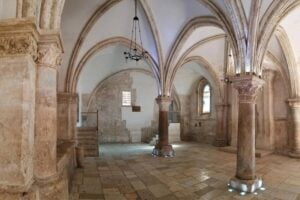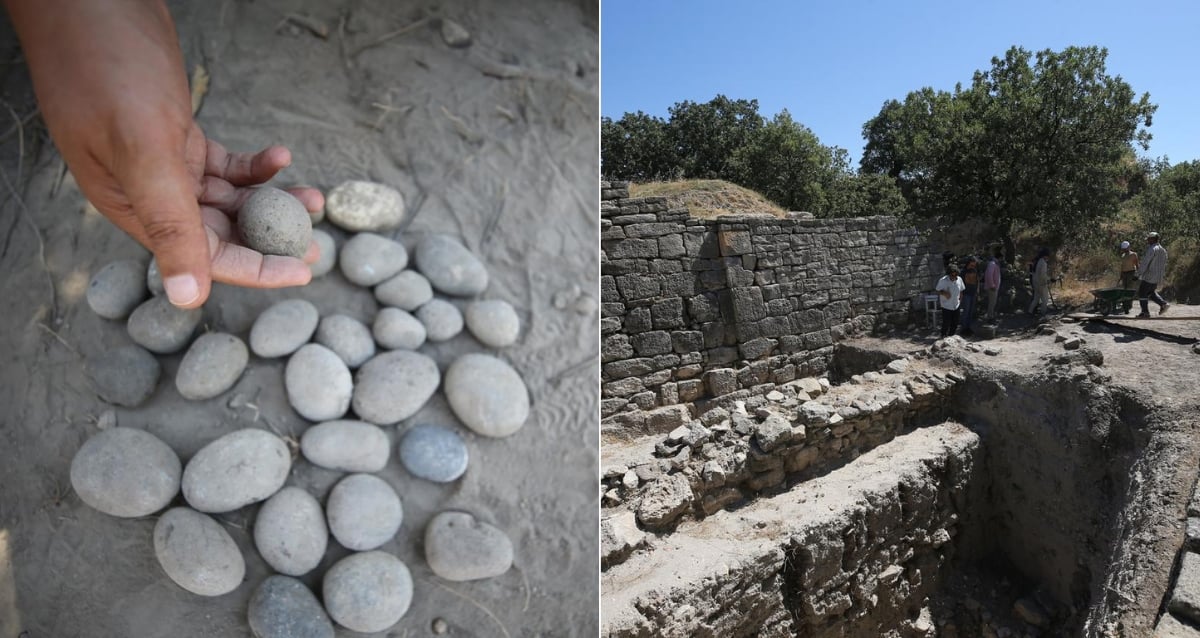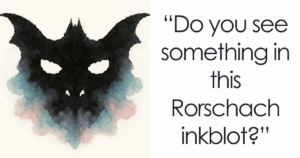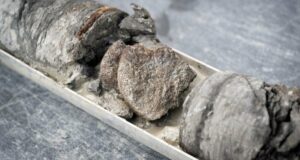Mysterious Medieval Symbols Emerge at the Site of Christianity's Holiest Meal
So why were these pilgrims allowed to leave their inscriptions? And how was the graffiti preserved for hundreds of years?
The History Of The Cenacle, Alleged Site Of The Last Supper
According to researchers, the Cenacle in Jerusalem was under control of the Franciscan Monastery of Mount Sion between the late 14th century and early 16th century, when the inscriptions were made. Some of these inscriptions are quite intricate, and would have taken hours to make, which suggests that the Franciscans were tolerant of the practice.
“The attitude of the Franciscans to this subject was ambivalent,” the researchers wrote.
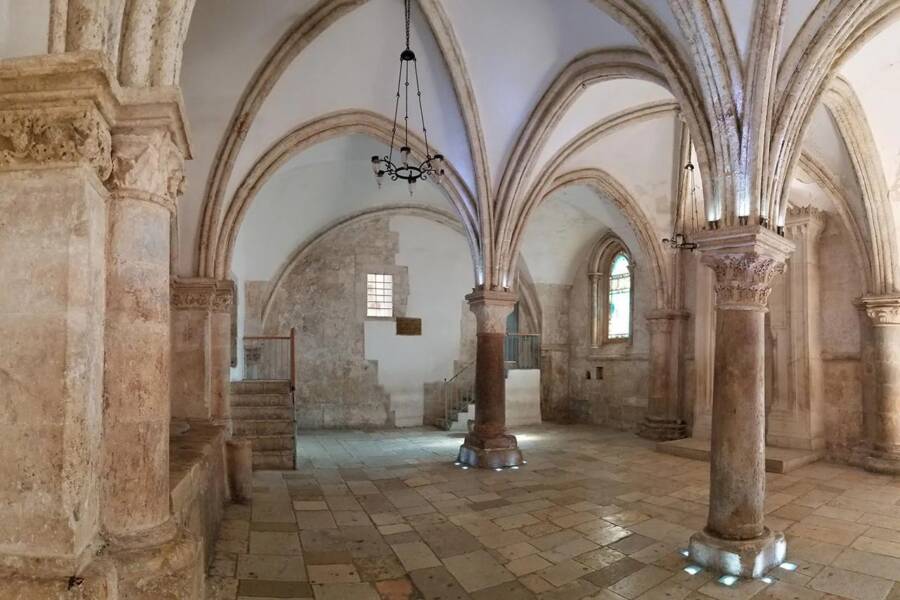
Heritage Conservation Jerusalem Pikiwiki IsraelThe Hall of the Last Supper on Mount Sion.
But ownership of the Cenacle in Jerusalem changed in the 16th century. After the Ottomans captured the city in 1517, they expelled the Franciscans from Jerusalem and took control of the building. It was Sheikh Aḥmad al-ʿAǧamī who insisted that the sultan Suleiman the Magnificent expel the Franciscans, which is perhaps why someone left an inscription with his name alongside a depiction of a scorpion, a Sufi symbol.
The Ottomans then covered the walls in thick white plaster, hiding the graffiti from view for centuries. Though the medieval inscriptions were first detected in the 1990s, it took another several decades for researchers to understand what they said — a project that is ongoing.
Based on what’s been uncovered so far, the graffiti at the Cenacle in Jerusalem offers a stunning window into the past. There are few things more human than wishing to leave a mark and, thanks to modern technology, the inscriptions left by medieval pilgrims at this holy site can finally be interpreted.
